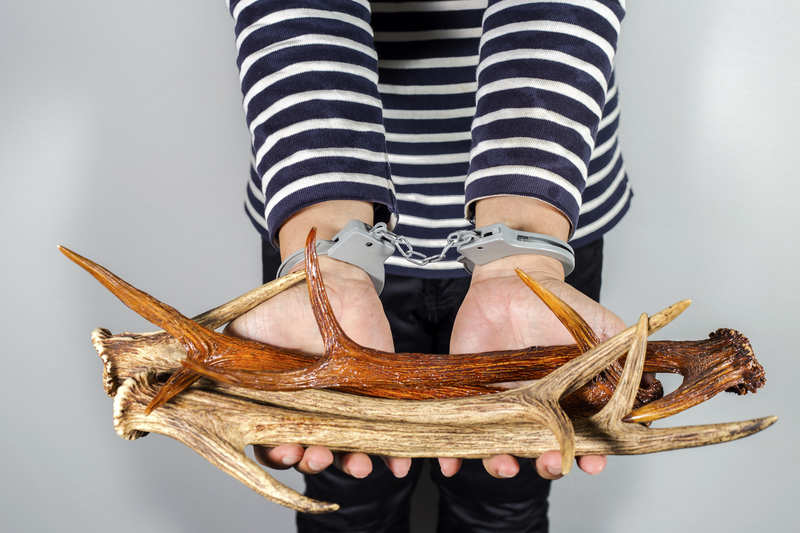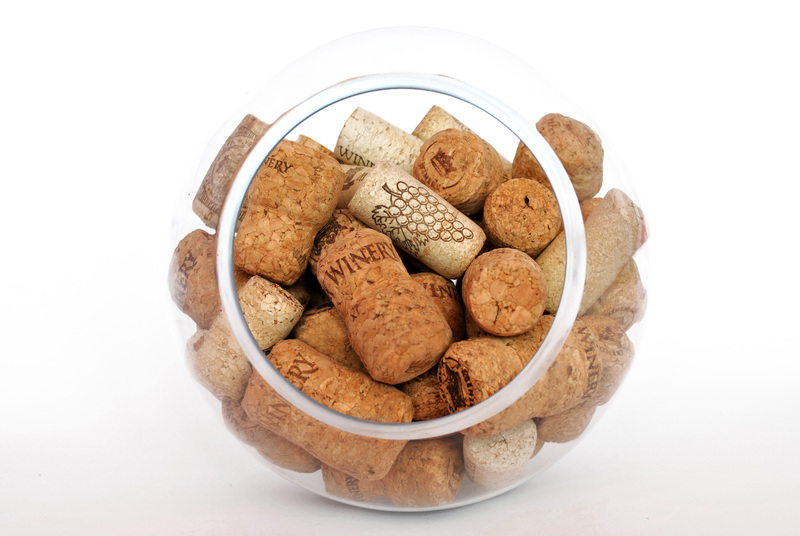Transition to a Lower Plastic Living Effortlessly
Plastic pollution poses a significant threat to our environment, oceans, and wildlife. Therefore, making a seamless shift towards reducing plastic usage is becoming more essential with every passing day. Fortunately, moving towards a more sustainable lifestyle doesn’t have to be daunting or overwhelming. Discover how you can transition to a lower plastic living effortlessly by applying practical steps and becoming mindful of your daily choices.

Why Transition to a Less Plastic Lifestyle?
Plastics have dramatically transformed our lives, offering convenience and durability. However, this material’s environmental cost is worrying. Every single plastic product ever made still exists, and millions of tons of plastic waste end up in landfills and oceans annually.
Choosing to live with less plastic not only helps to conserve resources and reduce pollution, but it also improves your health and well-being. Studies have shown microplastics can enter the food chain, posing potential health risks. Effortlessly transitioning to a lower plastic lifestyle is one of the most effective ways you can contribute to a cleaner, healthier planet.
Understanding Your Plastic Footprint
Before you can embark on a plastic-reduced lifestyle, it’s crucial to understand your personal or household plastic footprint. Evaluate where most of your plastic waste comes from—is it packaging, food containers, toiletries, or cleaning products? By identifying key areas of plastic consumption, you can more easily focus your efforts where they'll have the biggest impact.
Common Sources of Plastic in Daily Life
- Single-use plastic bags
- Plastic water bottles and straws
- Food packaging and containers
- Personal care products (shampoo, soap, razors)
- Cleaning product bottles and sponges
Small Steps Toward a Low Plastic Lifestyle
Transitioning to a lower plastic living doesn't mean you have to change everything overnight. Begin with simple, manageable actions that gradually become second nature.
1. Refuse Single-Use Plastics
The first step to reducing your plastic use effortlessly is refusing plastic you don’t need. Say no to:
- Plastic straws and cutlery
- Plastic shopping bags
- Excessive plastic packaging in stores
Instead, opt for reusable alternatives wherever possible.
2. Swap for Reusable Options
Embrace reusable items to replace disposables. This not only helps with living with less plastic but also saves money over time.
- Cloth shopping bags instead of plastic
- Stainless steel or glass water bottles instead of single-use bottles
- Beeswax wraps instead of plastic wrap
- Glass or stainless-steel containers instead of plastic food containers
- Bamboo or metal straws and cutlery
3. Buy in Bulk & Choose Minimal Packaging
Purchasing food and household goods in bulk helps cut down plastic waste. Bulk stores often allow you to bring your own containers. Choose brands that offer eco-friendly packaging or go for products packed in glass, cardboard, or paper.
4. Shop at Local Markets
Local farmers' markets are great for lower-plastic living. Produce is often sold loose, reducing packaging. Plus, shopping locally reduces your carbon footprint, supporting your commitment to sustainability.
5. Green Your Bathroom Routine
Most personal care products are packaged in plastic. Switch to:
- Bar soaps and shampoos instead of liquid in plastic bottles
- Bamboo toothbrushes
- Refillable or homemade beauty products
- Metal razors instead of disposables
The Effortless Approach: Make Habits Stick
Transitioning to a low-plastic lifestyle works best when you focus on habits rather than inconveniences. Here’s how to ensure your changes are effortless and permanent:
- Keep reusable bags/bottles in your car or bag so they’re always handy
- Set reminders to carry containers before shopping
- Choose one new habit to integrate each week
- Reward your progress and involve family or friends
Leverage Technology for a Plastic-Free Living
Use sustainable living apps that track your plastic usage, suggest alternatives, or help you find zero-waste stores in your area. You can also follow plastic-free bloggers or communities for real-life inspiration and tips to make your transition to a lower plastic living journey effortless.
Choosing Better Household Alternatives
Many products for cleaning, laundry, and kitchen tasks come in plastic packaging. Here are some fresh alternatives:
- Refill stations for detergent and cleaning liquids
- DIY cleaning sprays using vinegar and essential oils in a glass bottle
- Wooden brushes instead of plastic sponges
- Compostable waste bags
- Reusable produce and bulk bags
Eco-Friendly Kitchen Habits
- Use glass jars for leftovers and pantry storage
- Buy produce loose or in recyclable packaging
- Skip individually wrapped snacks, bake your own
- Compost food scraps to avoid plastic trash bags
Benefits of a Low-Plastic Living Transition
The advantages of lower plastic living go far beyond environmental impact. Here’s what you might enjoy:
- Improved health – less plastic in your life means reduced exposure to potential microplastics and hormone-disrupting chemicals
- Financial savings – many reusable items save you money in the long run
- Clutter-free, minimalist lifestyle – fewer plastic tubs and bottles reduce mess
- Sense of contribution – knowing you’re making a difference for future generations
Overcoming Challenges in a Plastic-Light Lifestyle
Not everything is easy when you first start to live with less plastic. Here's how to navigate some common obstacles:
- Availability: Some items might not be available plastic-free near you. Do your best and remember, imperfect progress is still valuable.
- Cost: While some alternatives have a higher upfront price, they’re more durable and save money over time.
- Convenience: Habits take time. Prepare a ‘zero waste kit’ including a cup, utensils, and bag for when you leave home.
Teach and Advocate
Spread awareness by sharing tips and successes with family or colleagues. The collective power of community can motivate others to make impactful, sustainable choices. Consider supporting policies or brands dedicated to reducing plastic pollution.
Plastic-Free Living for Families and Kids
Involving your family, especially children, in your journey towards a lower plastic lifestyle creates lifelong positive habits. Make it fun by:
- Doing plastic-free challenges
- Crafting with recycled materials
- Visiting farmers' markets together
- Reading books or watching documentaries about sustainability
Lead by example and encourage small responsibilities, such as packing their own lunch in reusable containers.

Embrace the Beauty of Simplicity and Mindfulness
Ultimately, transitioning effortlessly to a low-plastic lifestyle is about cultivating mindfulness and appreciation for quality over quantity. Celebrate the beauty in simple, well-made products that last. When you buy less and choose wisely, your lifestyle becomes more intentional and fulfilling, with a positive impact on the planet.
Conclusion: Start Your Effortless Transition to Lower Plastic Living Today
Adopting a lower-plastic lifestyle doesn’t require perfection or drastic changes overnight. Instead, allow yourself to adapt steadily, replacing one item or habit at a time. As you incorporate these practical and sustainable changes, you'll discover that transitioning to a life with less plastic is not only possible but truly effortless.
Begin your journey to plastic-free living today and be a part of the global movement towards a cleaner, healthier, and more sustainable world—one small step at a time.
Additional Resources for Reducing Plastic
- Check local guides for zero-waste shops and refill stations
- Follow blogs, podcasts, and social media accounts focused on sustainable living
- Participate in community cleanups and environmental initiatives
- Encourage your workplace or school to adopt green policies
Your journey towards an effortless, less plastic lifestyle starts now. Every choice counts.